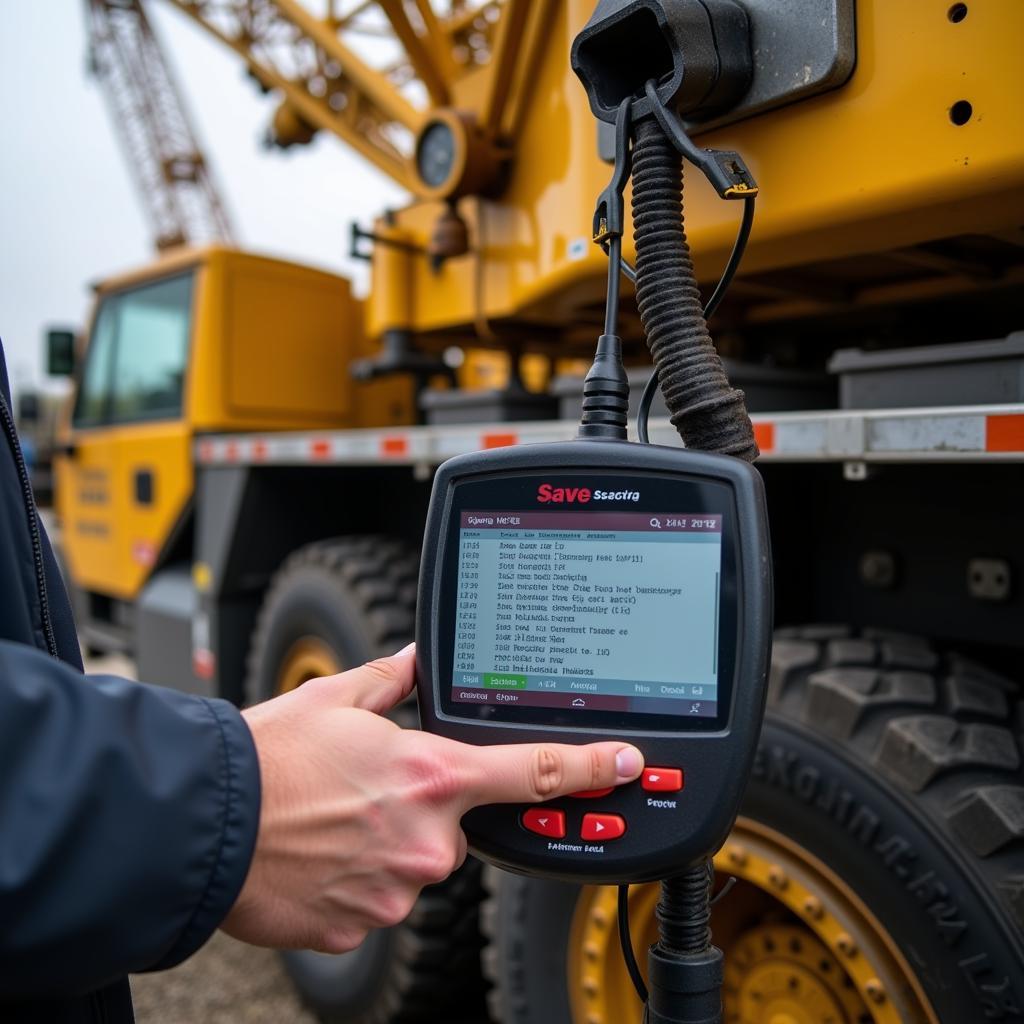The Lenovo Yoga, known for its sleek design and versatile functionality, occasionally encounters technical hiccups like any other electronic device. When these issues arise, a Lenovo Yoga Diagnostic Tool can be your best friend. These tools help you pinpoint the root cause of problems, saving you time and potential headaches.
Why Use a Lenovo Yoga Diagnostic Tool?
Before contacting technical support or heading to a repair shop, a diagnostic tool offers a proactive approach to understanding your device’s health.
- Early Detection: Diagnostic tools can identify issues in their early stages, sometimes even before they become noticeable in your daily use.
- Accurate Diagnosis: These tools run comprehensive checks on various hardware and software components, providing specific error codes or messages that pinpoint the problem area.
- Cost Savings: By identifying the issue yourself, you can potentially avoid unnecessary repairs or replacements.
- Time Efficiency: Diagnostic tools can save you valuable time by quickly isolating the issue, eliminating the need for lengthy troubleshooting steps.
Types of Lenovo Yoga Diagnostic Tools
Several types of diagnostic tools are available, each with its own strengths:
1. Lenovo Diagnostics (Windows)
Many Lenovo Yoga devices come pre-installed with Lenovo Vantage or Lenovo Solution Center. These applications offer built-in hardware diagnostics:
- Quick Scan: Performs a rapid check of your system’s core components like the processor, memory, and hard drive.
- Custom Scan: Allows you to select specific hardware components for a more focused diagnosis.
- Stress Test: Pushes your system’s hardware to its limits to identify potential issues under heavy workloads.
To access these diagnostics, search for “Lenovo Vantage” or “Lenovo Solution Center” in your Windows search bar.
2. Windows Built-in Tools
Windows offers its own set of diagnostic tools that can also be helpful:
- System File Checker (SFC): This command-line tool scans for and attempts to repair corrupted system files that could be causing issues. To run it, open Command Prompt as an administrator and type “sfc /scannow”.
- Memory Diagnostic: Checks your RAM for errors. Type “Windows Memory Diagnostic” in the search bar to access it.
3. Third-Party Diagnostic Software
Numerous third-party diagnostic tools provide comprehensive system analysis. These tools offer advanced features, detailed reports, and often a free trial period. However, it’s crucial to choose reputable options.
Common Lenovo Yoga Issues and How to Diagnose Them
Let’s explore some common Lenovo Yoga problems and how diagnostic tools can assist:
1. Slow Performance
- Run a Quick Scan: Check for hardware-related issues like hard drive errors or insufficient memory.
- Check CPU Usage: Use Task Manager (Ctrl + Shift + Esc) to identify resource-intensive applications that might be slowing down your system.
- Consider a Custom Scan: Focus on hard drive and memory diagnostics if you suspect those components are causing the slowdown.
2. Battery Issues
- Battery Report: Generate a battery report in Windows to analyze battery health and identify potential issues.
- Check Power Options: Ensure your power plan settings are optimized for battery life.
- Lenovo Vantage: Use the battery health management features within Lenovo Vantage if available.
3. Wi-Fi Connectivity Problems
- Network Troubleshooter: Run the built-in Windows network troubleshooter to diagnose and automatically fix common network issues.
- Check Network Adapters: Ensure your Wi-Fi adapter drivers are up to date.
- Reset Network Settings: If the issue persists, consider resetting your network settings to default.
4. Blue Screen of Death (BSOD)
- Error Codes: Note the specific error code displayed on the BSOD. This code provides valuable clues about the cause of the crash.
- Memory Diagnostic: Run the Windows Memory Diagnostic tool to rule out RAM issues.
- System Restore: If the BSOD began after installing new software or drivers, try using System Restore to revert to a previous stable state.
When to Seek Professional Help
While diagnostic tools are valuable, some situations call for professional intervention:
- Hardware Failure: If diagnostics point to a hardware failure, such as a faulty hard drive or motherboard, it’s best to consult a qualified technician for repair or replacement.
- Complex Issues: For persistent or complex problems that diagnostics cannot pinpoint, seeking professional assistance is recommended.
“Remember, early diagnosis is key to preventing minor issues from escalating into major problems,” says John Smith, Senior Technician at ScanToolUS. “Lenovo Yoga diagnostic tools empower users to take control of their device’s health and address issues proactively.”
Conclusion
A Lenovo Yoga diagnostic tool is an indispensable resource for any owner. Whether you’re experiencing performance issues, battery drain, or connectivity problems, these tools can help you quickly identify the root cause. By taking a proactive approach to troubleshooting, you can ensure your Lenovo Yoga continues to deliver its optimal performance. For further assistance or if you need professional guidance, feel free to contact ScanToolUS at +1 (641) 206-8880 or visit our office at 1615 S Laramie Ave, Cicero, IL 60804, USA.

